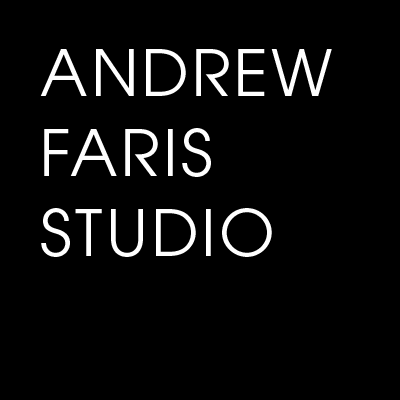 Image 1 of 5
Image 1 of 5

 Image 2 of 5
Image 2 of 5

 Image 3 of 5
Image 3 of 5

 Image 4 of 5
Image 4 of 5

 Image 5 of 5
Image 5 of 5






Shadow Box No. 8
Dimensions: 7.5 in by 6 in. by 2.5 in. (approximately)
Embracing the notion of wabi-sabi these shadow boxes were made from imperfect materials found in the studio. Inside the shadow box is a small painting, a color study, a piece of my process. Like the pinning of butterflies these scraps have been preserved to be appreciated. Each shadow box a piece of a larger process of creation.
While painting the pieces for my show “Naturally,” I created color studies, specifically compositions of three colors stacked. The studies were intentionally limited to a selection of three colors from a palette of seven colors. I needed to see how the colors interacted with each other. I would lay a scrap of canvas in the palm of my left hand and with my right hand, using a sponge stick, apply the paint.
The idea for creating shadow boxes arose from seeing the color studies as specimens, like butterflies or insects. This lead to the question of where to get shadow boxes. Then, I rediscovered a bundle of old cedar shingles I had stored in the studio.
I have had these cedar shingles since 2008. They were extras for the siding of our house in Santa Monica, CA. When we moved to Wyoming at the end of 2014 I brought the shingles with me. I have been storing them in my studio all these years hoping they would find a purpose.
I liked that the shingles were being salvaged like the scraps of canvas used for the color studies. I liked that each shingle was unique and roughly sawn. In the studio I also found some good pieces of plexiglass that I could use to enclose the shadow boxes. The backing board is also made of cedar shingle that has been spray painted white. Using two small pins I mounted the canvas onto a salvaged piece of wood. This piece of wood floats the artwork within the shadow box. The box corners are pinned and glued for a strong connection. The shadow box comes with a wood cleat for a flush wall mount, but the box can also be placed on shelf. There is a signature on the back of the shadow box as well as on the back the canvas.
Dimensions: 7.5 in by 6 in. by 2.5 in. (approximately)
Embracing the notion of wabi-sabi these shadow boxes were made from imperfect materials found in the studio. Inside the shadow box is a small painting, a color study, a piece of my process. Like the pinning of butterflies these scraps have been preserved to be appreciated. Each shadow box a piece of a larger process of creation.
While painting the pieces for my show “Naturally,” I created color studies, specifically compositions of three colors stacked. The studies were intentionally limited to a selection of three colors from a palette of seven colors. I needed to see how the colors interacted with each other. I would lay a scrap of canvas in the palm of my left hand and with my right hand, using a sponge stick, apply the paint.
The idea for creating shadow boxes arose from seeing the color studies as specimens, like butterflies or insects. This lead to the question of where to get shadow boxes. Then, I rediscovered a bundle of old cedar shingles I had stored in the studio.
I have had these cedar shingles since 2008. They were extras for the siding of our house in Santa Monica, CA. When we moved to Wyoming at the end of 2014 I brought the shingles with me. I have been storing them in my studio all these years hoping they would find a purpose.
I liked that the shingles were being salvaged like the scraps of canvas used for the color studies. I liked that each shingle was unique and roughly sawn. In the studio I also found some good pieces of plexiglass that I could use to enclose the shadow boxes. The backing board is also made of cedar shingle that has been spray painted white. Using two small pins I mounted the canvas onto a salvaged piece of wood. This piece of wood floats the artwork within the shadow box. The box corners are pinned and glued for a strong connection. The shadow box comes with a wood cleat for a flush wall mount, but the box can also be placed on shelf. There is a signature on the back of the shadow box as well as on the back the canvas.
